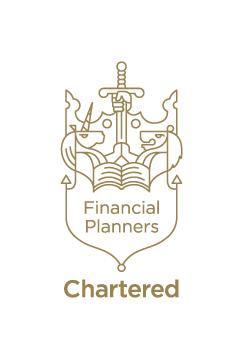Investing for income is not simply about establishing a portfolio of income-generating investments. It is also about the strategies you use to withdraw income from this portfolio.
To do this effectively, without prematurely depleting your portfolio, three of the key areas
you need to consider.
1. When to draw income
It is important to think about when you will start taking income from your portfolio. Consider how often you will take income from your portfolio. Do you need the money monthly, quarterly, annually, or simply as and when required?
This could determine whether you invest in an income fund which pays out dividends on a quarterly basis or twice yearly. Or you may choose to buy bonds with different maturing dates, and then match these payments with the specific time periods when you need income.
Income payment dates are a useful indicator in structuring an income payment plan. But this should not be your only consideration ? you also need to think about how much income you will take.
2. How much income to draw
The amount you can withdraw from your investments each month could be based on how much you've saved, your asset allocation, how long you expect to spend in retirement and which withdrawal method you plan to use. Making excessive withdrawals at the outset of your retirement is not recommended, and this will also depend on your withdrawal method.
owever it must be remembered that if you make withdrawals from your investment fund or pension fund that are higher than the level of growth
achieved by the investment your underlying capital will be depleted. It is therefore difficult to assess
the level of withdrawals to be made at the outset of your retirement.
While you may need to plan for a long retirement given increased life expectancy rates, you should think about how long your money will last if you take out the income you want. Would you like to draw down all your capital or keep some money for your heirs or to take advantage of future investment opportunities?
It is important to regularly review the income you are withdrawing from your portfolio. If your portfolio has performed well you might choose to increase your income withdrawals, or you can choose to reinvest excess income back into your portfolio. If your portfolio is not performing to your expectations, it is important that your capital is preserved, so income withdrawals might have to be reduced or suspended for a period to allow your portfolio some time to recover lost capital.
3. How to draw your income
There are various ways of withdrawing income from your portfolio. You'll also need a place to put the money you're moving out of your investments. Some providers offer a withdrawal facility which pays you a specified amount from your investments, transferring the money directly into your bank account.
If you're nearing retirement, you will need to make some important choices regarding your retirement income, starting with whether you opt for an annuity or income drawdown arrangement.
Another important consideration will be your tax-free cash lump sum. Pension rules currently dictate that once you start drawing an income from your pension fund, you are permitted to take up to 25% of your total fund as a tax-free cash sum. It may be that you simply want access to this tax-free lump sum and don't actually start drawing an income at all.
INFORMATION IS BASED ON OUR
CURRENT UNDERSTANDING OF TAXATION LEGISLATION AND REGULATIONS. ANY LEVELS AND BASES OF, AND RELIEFS FROM, TAXATION ARE SUBJECT TO CHANGE.
THE VALUE OF INVESTMENTS AND INCOME FROM THEM MAY GO DOWN. YOU MAY NOT GET BACK THE ORIGINAL AMOUNT INVESTED.
PAST PERFORMANCE IS NOT A RELIABLE INDICATOR OF FUTURE PERFORMANCE.


